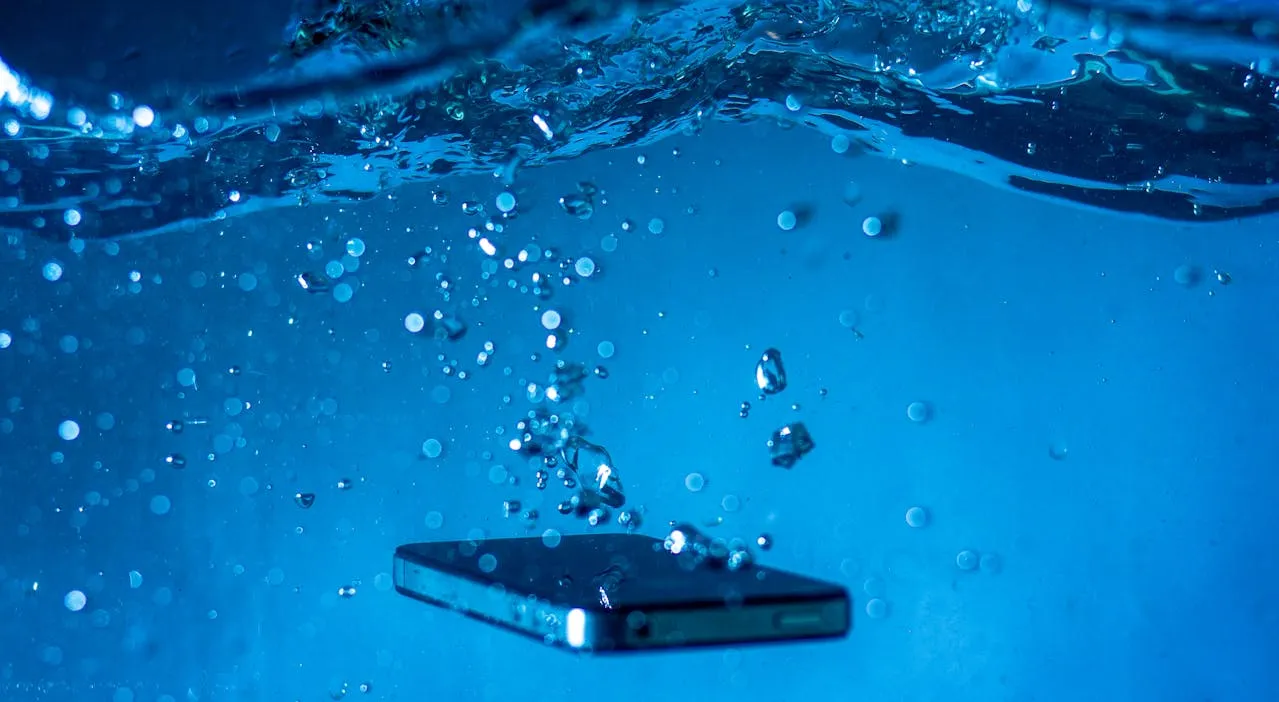
Kyocera Achieves World’s Fastest 750Mbps Underwater Wireless Optical Communication in Offshore Trials
Kyocera Corporation has announced a groundbreaking achievement in underwater communication technology. The company successfully demonstrated a prototype underwater wireless optical communication (UWOC) system capable of transmitting data at an unprecedented speed of 750Mbps* with virtually zero latency, marking the fastest UWOC rate in the world to date. This milestone was achieved using Kyocera’s proprietary SLD GaN (gallium nitride) lasers during offshore trials conducted near Numazu City, Shizuoka Prefecture, Japan. The trials represent a critical step toward Kyocera’s ultimate goal of achieving 1Gbps communication speeds, which will enable high-speed, high-capacity data transfer for a variety of underwater applications, including smart aquaculture and autonomous underwater vehicles (AUVs) for marine research and infrastructure inspection.
Background: The Need for High-Speed Underwater Communication
The use of marine resources has expanded rapidly in recent years, accompanied by growing global emphasis on environmental conservation. Modern marine industries increasingly rely on autonomous and AI-driven technologies, such as underwater drones and AUVs, for tasks ranging from monitoring underwater infrastructure to advancing sustainable aquaculture. However, achieving efficient underwater communication has long posed a challenge. Traditional radio waves attenuate quickly in water, limiting their effectiveness, while acoustic communication, commonly used in underwater operations, is constrained by slow data transmission rates, particularly for large files such as high-definition video or complex sensor data.
Kyocera recognized the potential of light-based communication, which suffers far less attenuation underwater than radio waves. By leveraging this property, the company has developed UWOC technology that uses GaN blue semiconductor lasers. These lasers enable ultra-high-speed, high-capacity, and low-latency data transfer, addressing limitations of existing underwater communication systems. In January 2025, Kyocera’s indoor experiments achieved communication speeds of up to 1.8 Gbps. Building on these results, the company progressed to offshore trials to evaluate real-world performance and operational stability in challenging marine environments.
While light-based communication offers significant advantages, factors such as water clarity and power supply constraints can influence performance. Understanding these variables is essential for ensuring reliable deployment across different aquatic settings.
Kyocera’s UWOC System and Offshore Demonstration
Kyocera’s UWOC system is designed as a Gbps-class high-speed communication platform with negligible latency. Central to its performance are GaN blue semiconductor lasers, which efficiently emit blue light capable of high-bandwidth data transmission. During offshore trials, the system successfully achieved a stable data transfer rate of 750Mbps over short distances, demonstrating robustness even under variable marine conditions.
The trials were conducted over a 6.7-meter range in saltwater, with communication distances varying from 15 cm to 1.5 meters. Moderate turbidity levels were introduced to simulate real-world conditions, and the system maintained expected performance despite the presence of suspended particles and ambient light variations. This confirmed the technology’s resilience and suitability for transmitting high-definition video streams and complex sensor data from underwater devices. Kyocera’s tests validated the system’s potential for practical applications while highlighting its adaptability to both indoor freshwater and offshore saltwater environments.
Future Prospects and Applications
Kyocera’s high-speed UWOC technology is poised to revolutionize underwater operations by enabling the next generation of Underwater Internet of Things (IoT). With its capability for ultra-fast data transfer, the technology will support a range of applications including:
- High-definition video transmission from underwater drones and robotic systems.
- Efficient retrieval and management of large datasets from marine observation equipment.
- Deployment of expansive underwater sensor networks for smart aquaculture and environmental monitoring.
Looking ahead, Kyocera aims to achieve full gigabit-per-second (Gbps) performance in offshore environments, moving closer to the goal of practical commercialization by 2027. The company plans to conduct additional pilot projects to assess system performance in diverse aquatic conditions. Collaborations with marine industry leaders and stakeholders are already underway to ensure compliance with regulatory frameworks and facilitate smooth adoption. Furthermore, Kyocera is actively seeking partnerships for large-scale deployment, ensuring that the technology aligns with environmental standards and operational requirements.
By enabling fast, reliable, and high-capacity underwater communication, Kyocera’s UWOC technology has the potential to accelerate marine industry innovation, enhance global marine monitoring, and support sustainable resource management. The company’s vision is to create a future where high-speed underwater communication opens new frontiers for research, commerce, and environmental stewardship.




